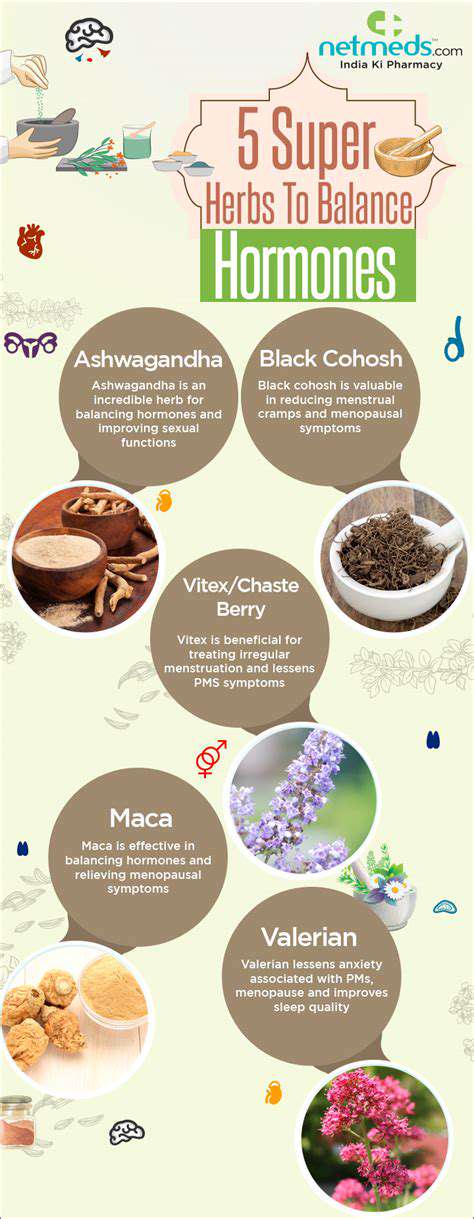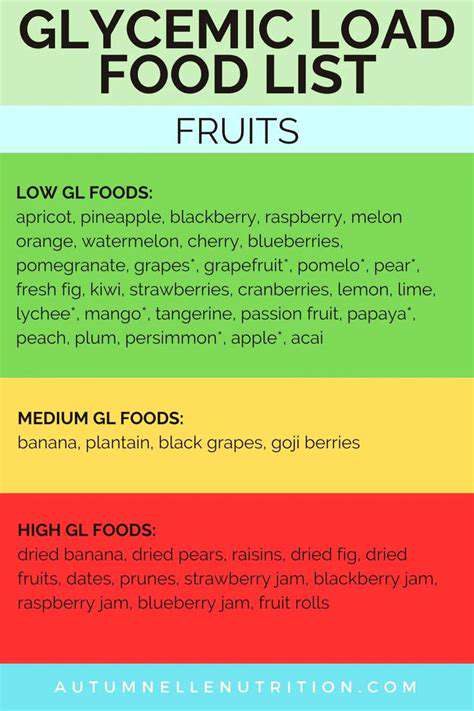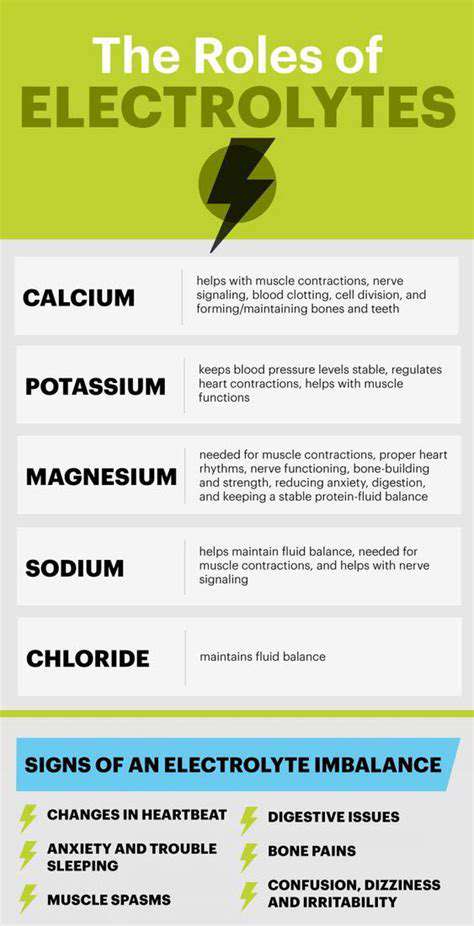Top 10 Anti Inflammatory Foods You Need to Eat
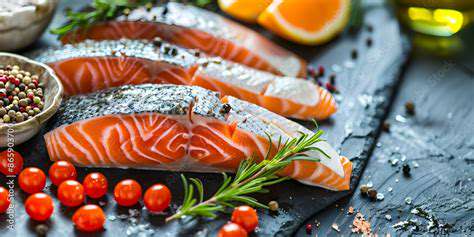
Fatty Fish and Heart Health
When it comes to supporting cardiovascular function, few foods match the nutritional profile of fatty fish. These aquatic superfoods deliver a powerful combination of omega-3 fatty acids that benefit multiple aspects of heart function. Research from the American Heart Association confirms that regular consumption of fatty fish significantly lowers triglyceride levels while improving HDL cholesterol ratios. This dual action helps maintain clear arterial pathways and optimal blood flow.
The mechanism behind these benefits lies in omega-3s' ability to moderate inflammatory responses at the cellular level. By interfering with the production of inflammatory cytokines, these essential fatty acids help prevent the arterial plaque formation that characterizes atherosclerosis. Many cardiologists now recommend including fatty fish in weekly meal plans as a preventive measure against cardiovascular events.
Omega-3s and Brain Function
Neurological research continues to uncover remarkable connections between omega-3 intake and cognitive performance. The human brain contains approximately 60% fat, with DHA (a type of omega-3) comprising a substantial portion of neuronal membranes. This structural role explains why children with adequate omega-3 intake during developmental years often demonstrate improved learning capacity and focus.
In aging populations, observational studies reveal slower cognitive decline among individuals with consistent omega-3 consumption. The fatty acids appear to enhance synaptic plasticity while reducing neural inflammation. Some psychiatrists now incorporate omega-3 supplementation into treatment protocols for mood disorders, noting measurable improvements in depressive symptoms.
Selecting and Preparing Omega-Rich Seafood
Not all marine sources provide equal omega-3 concentrations. Wild-caught Alaskan salmon, Atlantic mackerel, and sardines typically offer the highest levels per serving. Seasonal variations and preparation methods significantly influence final nutrient content. Gentle cooking techniques like poaching or steaming preserve delicate fatty acids better than high-heat methods.
Conservation-minded consumers should consult the Monterey Bay Aquarium's Seafood Watch guide when making purchasing decisions. Their color-coded rating system identifies species harvested using sustainable practices. Many health-conscious shoppers now prioritize smaller, short-lived fish species that accumulate fewer environmental toxins while providing excellent nutrition.
Clinical Applications for Inflammatory Conditions
Rheumatologists frequently note improved outcomes when patients with inflammatory arthritis increase omega-3 intake. These fatty acids compete with pro-inflammatory omega-6 derivatives in metabolic pathways, effectively dialing down systemic inflammation. Patients report decreased joint stiffness and reduced reliance on anti-inflammatory medications after several months of dietary modification.
Dermatological research shows similar benefits for inflammatory skin conditions. The omega-3 to omega-6 ratio appears particularly important for modulating inflammatory responses in epidermal tissues. While dietary changes alone may not resolve chronic conditions, they often enhance the effectiveness of medical treatments.
Nutritional Considerations for Maternal Health
Obstetric nutrition guidelines emphasize omega-3s as critical micronutrients for fetal development. DHA accumulates rapidly in the third trimester, supporting explosive growth in fetal brain and retinal tissues. Neonates born to mothers with adequate omega-3 status often demonstrate advanced visual acuity and cognitive testing scores.
Postpartum benefits extend to maternal mood regulation. The dramatic hormonal shifts following delivery appear less likely to trigger depressive episodes when maternal DHA stores remain robust. Many prenatal vitamin formulations now include marine-derived omega-3s to support both fetal and maternal wellbeing.
Ecological Impacts of Sustainable Fishing
As demand for omega-3-rich foods grows, responsible sourcing becomes increasingly important. Certification programs like the Marine Stewardship Council help consumers identify fisheries meeting rigorous sustainability standards. These programs monitor stock health, bycatch reduction, and ecosystem impacts while promoting responsible aquaculture practices.
Conscious consumers can further reduce environmental impact by utilizing whole fish. Lesser-known species like anchovies and herring offer exceptional nutrition with lower ecological footprints than popular choices. Supporting local fishing communities practicing traditional, low-impact methods helps preserve both marine ecosystems and cultural heritage.
Leafy Greens: Nutrient-Rich Allies in the Fight Against Inflammation
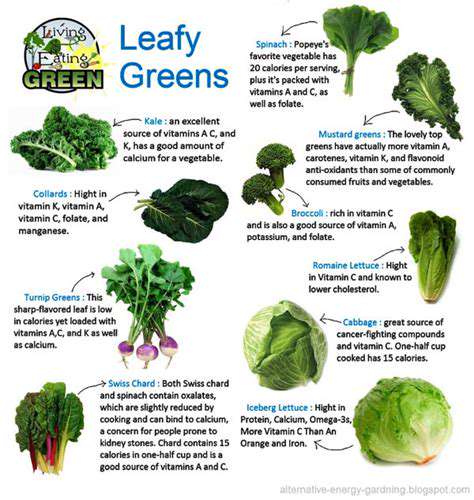
The Nutritional Spectrum of Leafy Vegetables
Botanists recognize over a thousand edible leafy varieties, each offering unique phytonutrient profiles. Dark, pigmented greens like kale and Swiss chard deliver particularly high concentrations of lutein and zeaxanthin, carotenoids essential for ocular health. Nutritional analysis reveals that a single cup of cooked collard greens provides more calcium than a glass of milk with superior bioavailability.
These vegetable powerhouses owe their anti-inflammatory properties to complex interactions between vitamins, minerals, and secondary plant compounds. The vitamin K in leafy greens modulates inflammatory cascades while supporting bone mineralization. Simultaneously, their magnesium content helps regulate neuromuscular function and blood pressure.
Maximizing Nutrient Retention
Post-harvest handling dramatically affects leafy greens' nutritional value. Studies demonstrate that vacuum-sealed greens retain up to 50% more phytonutrients than conventionally packaged alternatives after seven days of refrigeration. Consumers should seek out locally grown, recently harvested greens whenever possible to optimize nutrient density.
Culinary techniques significantly influence final nutritional content. Quick blanching (30-60 seconds) before freezing preserves more nutrients than raw freezing. When preparing fresh greens, minimal water use during cooking prevents water-soluble nutrient loss. Many nutritionists now recommend massaging raw greens with acidic dressings to break down cell walls and enhance mineral absorption.
Olive Oil: Monounsaturated Fats for Cardiovascular Health
The Science Behind Olive Oil's Benefits
Extra virgin olive oil's health properties stem from its unique composition of phenolic compounds and fatty acids. Oleocanthal, one such phenolic compound, demonstrates ibuprofen-like anti-inflammatory activity in laboratory studies. Regular consumers of high-phenolic olive oil show significantly lower levels of inflammatory markers like C-reactive protein.
The oil's monounsaturated fatty acids contribute to cardiovascular protection through multiple mechanisms. They increase HDL cholesterol's efficiency in removing arterial plaque while reducing LDL oxidation. This dual action helps maintain endothelial function and vascular elasticity.
Selecting Quality Olive Oil
Authentic extra virgin olive oil should exhibit three key characteristics: fruitiness, bitterness, and pungency. Recent fraud detection studies reveal that over 70% of imported extra virgin olive oils fail to meet international standards. Consumers can perform simple authenticity tests at home - genuine olive oil will solidify when refrigerated and burn cleanly when lit.
Storage conditions critically affect oil quality. Light, heat, and oxygen accelerate rancidity. Premium oils should be packaged in dark glass or tin containers and consumed within 18 months of pressing. Many experts recommend purchasing smaller bottles more frequently to ensure freshness.
Cruciferous Vegetables: Promoting Detoxification and Inflammation Reduction
Detoxification Mechanisms
Cruciferous vegetables support the body's detoxification pathways through several unique compounds. Sulforaphane, generated when chewing raw broccoli, activates phase II detoxification enzymes in the liver. Clinical trials demonstrate that regular broccoli sprout consumption increases excretion of airborne pollutants by up to 61%.
The indole-3-carbinol in crucifers modulates estrogen metabolism, potentially reducing hormone-associated cancer risks. This phytochemical helps shift estrogen metabolism toward protective metabolites while inhibiting DNA-damaging pathways.
Optimizing Preparation Methods
Bioavailability of beneficial compounds varies significantly with preparation. Chopping cruciferous vegetables and allowing them to sit for 40 minutes before cooking maximizes sulforaphane production. Light steaming (3-4 minutes) preserves more glucosinolates than boiling, while fermentation (as in traditional kimchi) enhances nutrient accessibility.
Combining crucifers with myrosinase-containing foods like mustard seed or daikon radish boosts active compound formation. This culinary strategy proves particularly valuable when consuming cooked crucifers, as heat deactivates the vegetables' native myrosinase enzymes.





